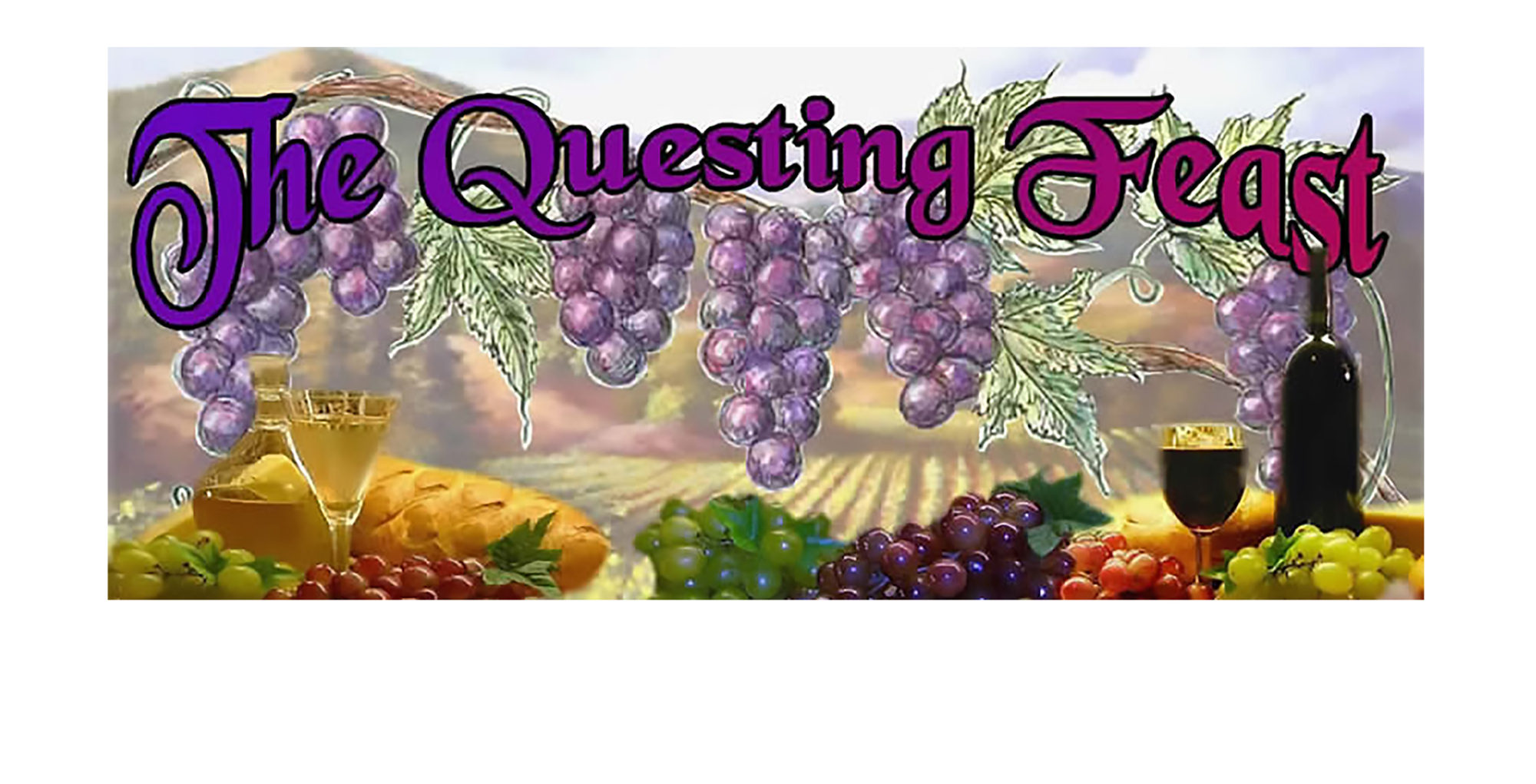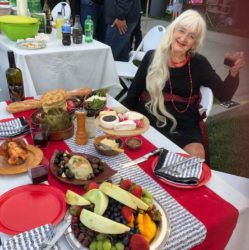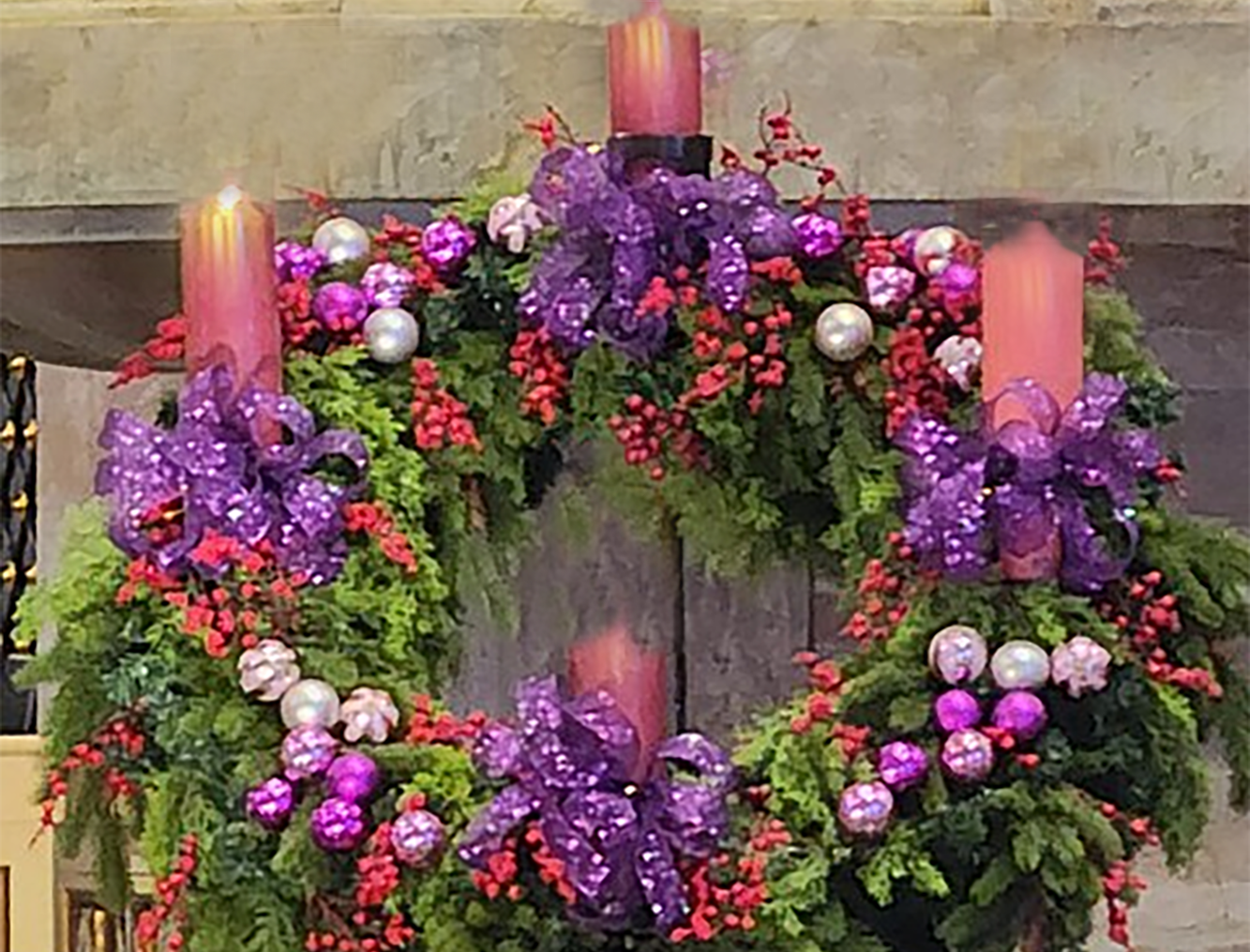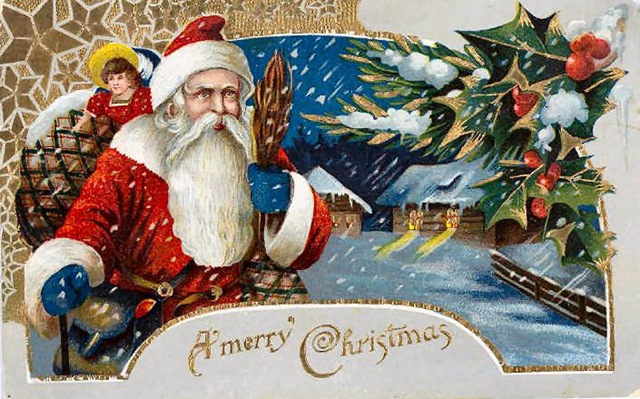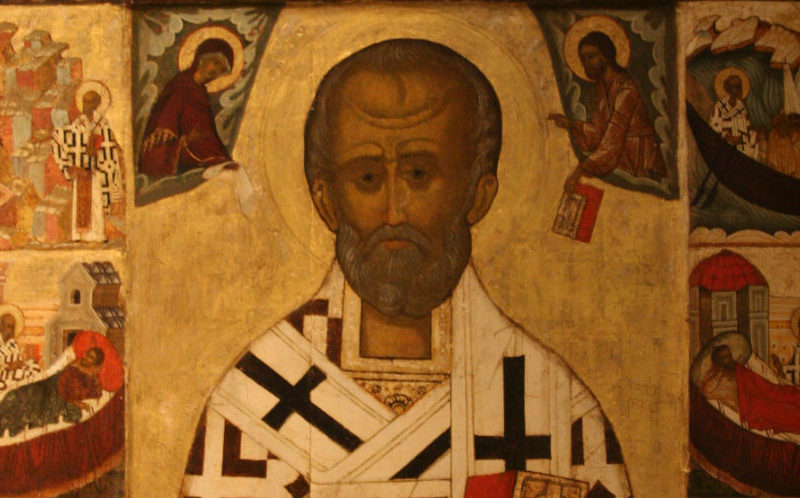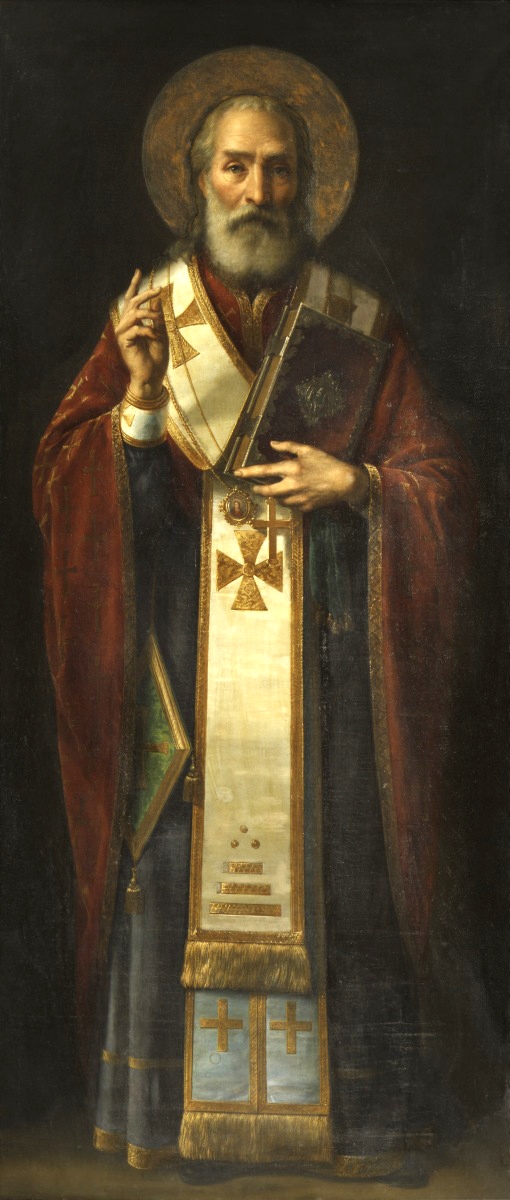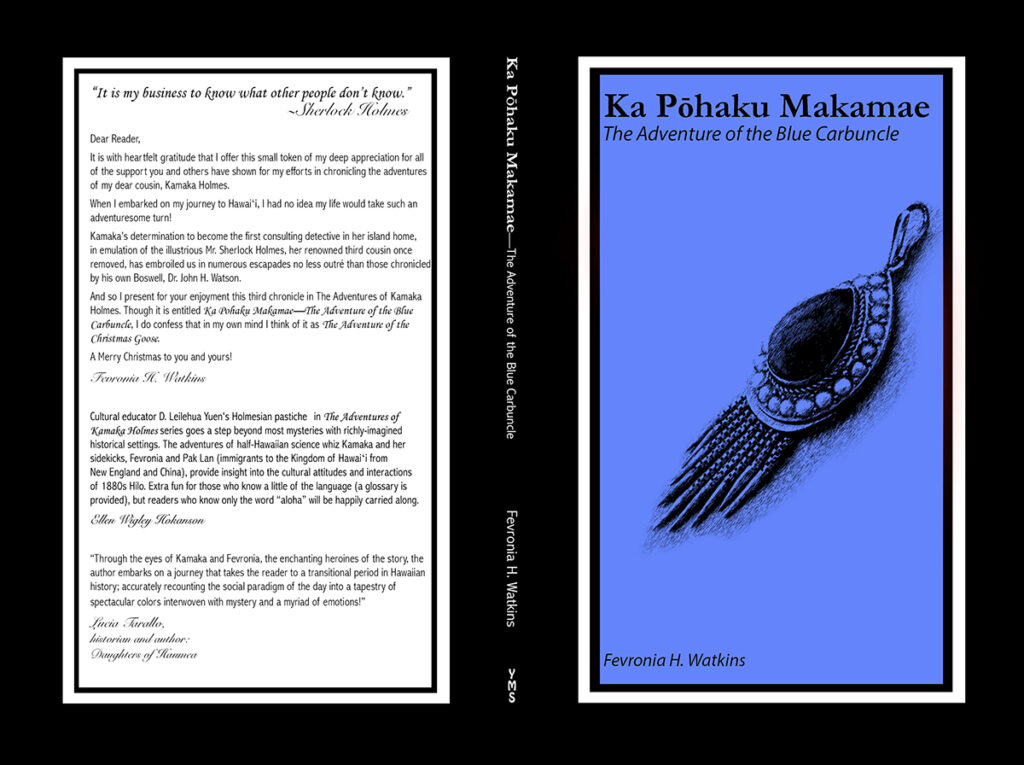The word “advent,” in modern English, means the arrival of a notable person, thing, or event. In the Christian liturgical calendar it is the four week season leading up to Christmas. Each of the four Sundays in Advent is celebrated.
While we do not know when Advent first was celebrated, some scholars believe that when the birth of the Christ (Christ Mass) was tied to the celebrations around the winter solstice, it was instituted as a counterpoint to Lent. Lent is the season of preparation for the death of The Christ, so it made sense to create a season of preparation for the birth.
The first recorded evidence of Advent is found in the records of the. Council of Saragossa when church leaders in Hispania met to codify questions of the church, and encouraged people to attend services daily for 21 days starting in mid-December. The council, however, was not committed to any specific date for Advent, only suggesting people attend church daily between December 17 and 29.
In the late fifth century Bishop Perpetuus directed that starting with the St. Martin’s Day on 11 November until Christmas, one fasts three times per week. The practice was adopted for the Diocese of Tours at the 581 Council of Macon. From there it spread through the Frankish Empire. Over the next century the season grew to four weeks and fasting began to wane, though under Charlemagne in the Ninth Century it seems to have been practiced.
In the 13th Century, the fast was more generally observed from the Feast of St. Andrew (30 November) to Christmas Day. In the 14th Century there was no consistency, with observance ranging from a few day to six weeks before Christmas, with fasting or abstinence observed. As each branch of the Christian faith expanded, it took Advent its own direction, with a slow evolution and little or no codification. The Roman Catholic Church codified practice at the Second Vatican Council in the 1960s.
Today, there are many ways to celebrate Advent. Here, I share the traditions I learned from Geraldine.
One of the traditional Advent activities is creating a wreath with four or five candles. The candles represent the light of the Christ illuminating the world.
- First Sunday: Hope
- Second Sunday: Love
- Third Sunday: Joy
- Fourth Sunday: Peace
- Christmas Day: The Christ
Traditionally, Hope, Joy, and Love candles are purple. Peace is pink. The Christ candle is white. But some people use all white candles. My Nana used all red. My mother, Geraldine (the founder of this website) used red or white, depending on what was on sale.
The appropriate candle is lit each Sunday evening. Our wreath was on the dining table, and the candles were lit before asking the blessing on the food.
At the bottom of this post you will find a video showing one way to make an Advent wreath, and a video of traditional Advent music.
Following is a list of First Sunday in Advent dates:
- 2024 – December 1
- 2025 – November 30
- 2026 – November 29
- 2027 – November 28
- 2028 – December 3
- 2029 – December 2
- 2030 – December 1
- 2031 – November 30
- 2032 – November 28
- 2033 – November 27
- 2034 – December 3
Four feasts and a solemnity also are observed during Advent.
- November 30: Feast of St. Andrew
- December 6: Feast of St. Nicholas
- December 8: Solemnity of the Immaculate Conception
- December 12: Feast of Our Lady of Guadalupe
- December 13: Feast of St. Lucy
Not part of the usual calendar, on November 28, the Anglican and Episcopal churches celebrate the Feast of the Holy Sovereigns, honoring King Kamehameha IV of Hawaiʻi and Queen Emma.

Following is a demonstration of making an Advent wreath. Even though there is plenty of water, NEVER leave the candles unattended when lit!
Geraldine loved to sing, and Advent was filled with her voice. I think she knew every Advent hymn written since 1400!
Books are a great holiday gift!
Your purchase of my books helps to keep this website on-line!
Pōhaku Makamae, a pastiche of The Blue Carbuncle, the only cannon Sherlock Holmes Christmas story, includes holiday recipes!

Read GoodReads reviews here!
